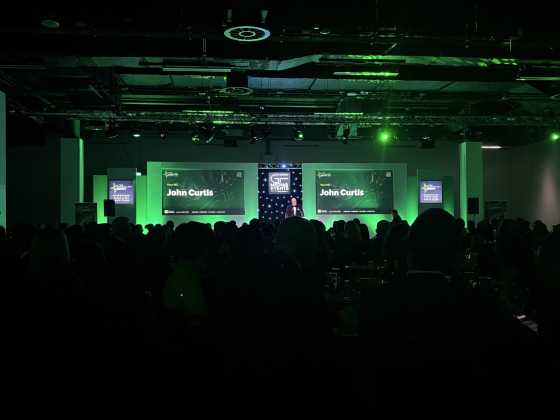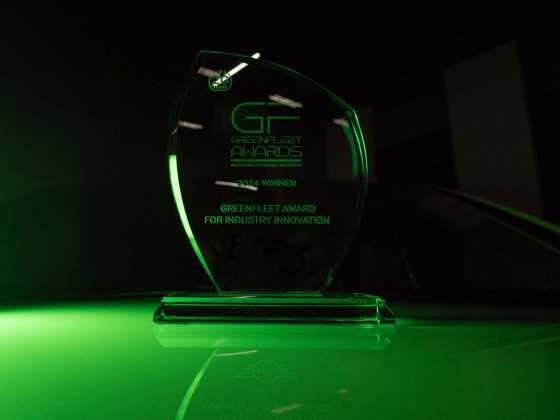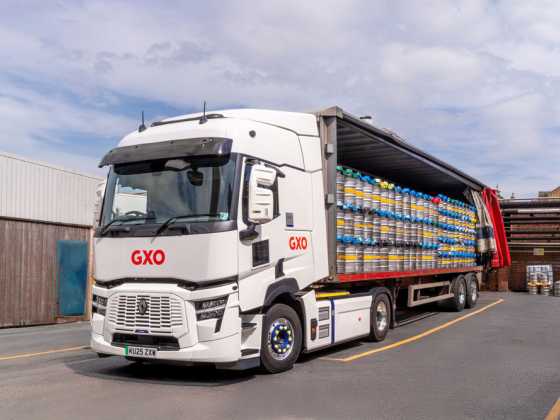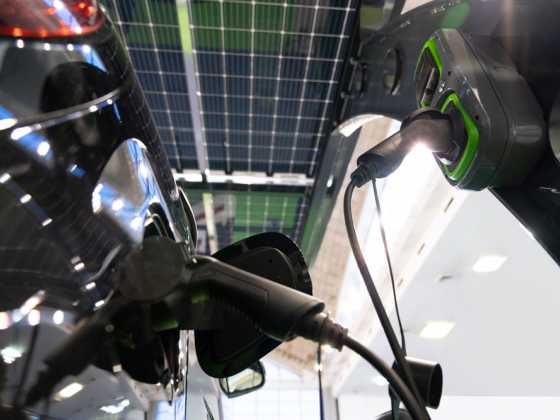The EV learning curve
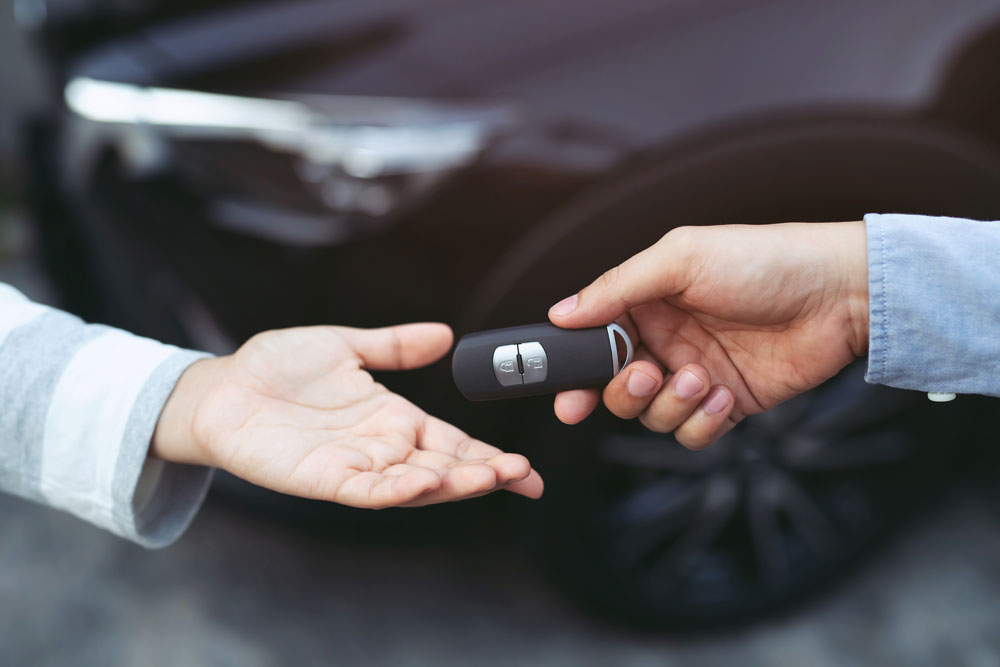
Ensuring drivers are informed and confident in an electric vehicle is crucial to a smooth transition. From charging basics and EV driving tips to route planning and energy management, this feature explores what drivers need to know to get the best from their EV
As more organisations transition their fleets to electric vehicles, it’s essential that drivers are brought into the process early, equipped with the knowledge and confidence they need to make the most of the new technology. While EVs are becoming more user-friendly and accessible, they still bring a learning curve, and a successful transition depends on how well drivers are supported and briefed.
For first-time EV users, the fundamentals matter. Drivers should be walked through the vehicle’s technology and basic procedures, such as how to access the charging port, check battery status, and locate the charging cable. Understanding the different types of charging available is also vital – from ultra-rapid chargers found on motorways that deliver 80 per cent charge in as little as 10 minutes, to slower destination chargers that can take several hours but suit vehicles parked for extended periods. Knowing the difference helps drivers plan effectively and reduces the risk of delays.
Payment at public charging infrastructure can vary, so it’s important to talk through how payments work.
From November 2024, all new public charge points above 8kW and existing charge points over 50kW must offer contactless payment options. However, chargers with a power output of 7kW or less may still require app registration or a network account.
Businesses may want to issue charge cards to drivers to simplify access, consolidate billing, and avoid confusion around reimbursements for work mileage. If home charging is an option, drivers should be briefed on what installation involves and how energy use will be tracked and reimbursed.
Change in driving style
Adapting to EV driving also means adjusting mindset and habits. While many electric vehicles now offer ranges comparable to their petrol and diesel counterparts, drivers must factor in charging time if needed – particularly on longer or unfamiliar routes. Planning routes with charging stops in mind, using in-car navigation or apps like Zapmap, becomes part of the routine.
EVs also offer different driving dynamics. Regenerative braking, for example, can recapture energy when the driver lifts off the accelerator, helping to recharge the battery while reducing wear on the brake pads.
Drivers should therefore get into the habit of using this function to their advantage. They can do this by taking their foot of the accelerator to slow down and brake rather than use the brake pedal.
Smooth driving and gentle acceleration are key to maximising range, while the most efficient speeds tend to be between 50–60mph.
Charging strategy is another area where small changes make a big difference. Charging to 100 per cent on public chargers isn’t always efficient – after 80 per cent, speeds drop to protect battery health. Drivers should also understand the difference between AC and DC charging, and know that not all vehicles are compatible with ultra-rapid chargers, even if they’re available.
Technology can help. Many EVs come with driver apps that allow users to check charge levels, pre-heat or cool the cabin, or schedule charging for cheaper off-peak times. Some models even allow battery pre-conditioning, which warms the battery for faster, more efficient charging.
While it may seem like a lot to take in at first, most drivers adapt quickly. In fact, according to a survey by EVA England in 2024, 91 per cent of EV drivers would not return to a petrol or diesel car.
One EV driver who participated in the survey, said: “Owning an EV is initially like learning a new language – how and when to charge, real-life range, resolving common issues – once owners have confidence, then in my experience, they’re very happy and wouldn’t go back, but initially it’s a step out of your comfort zone.”
Although initially a chance of mindset is needed in an EV, with the right briefing and support, fleet drivers can transition to electric with confidence.

